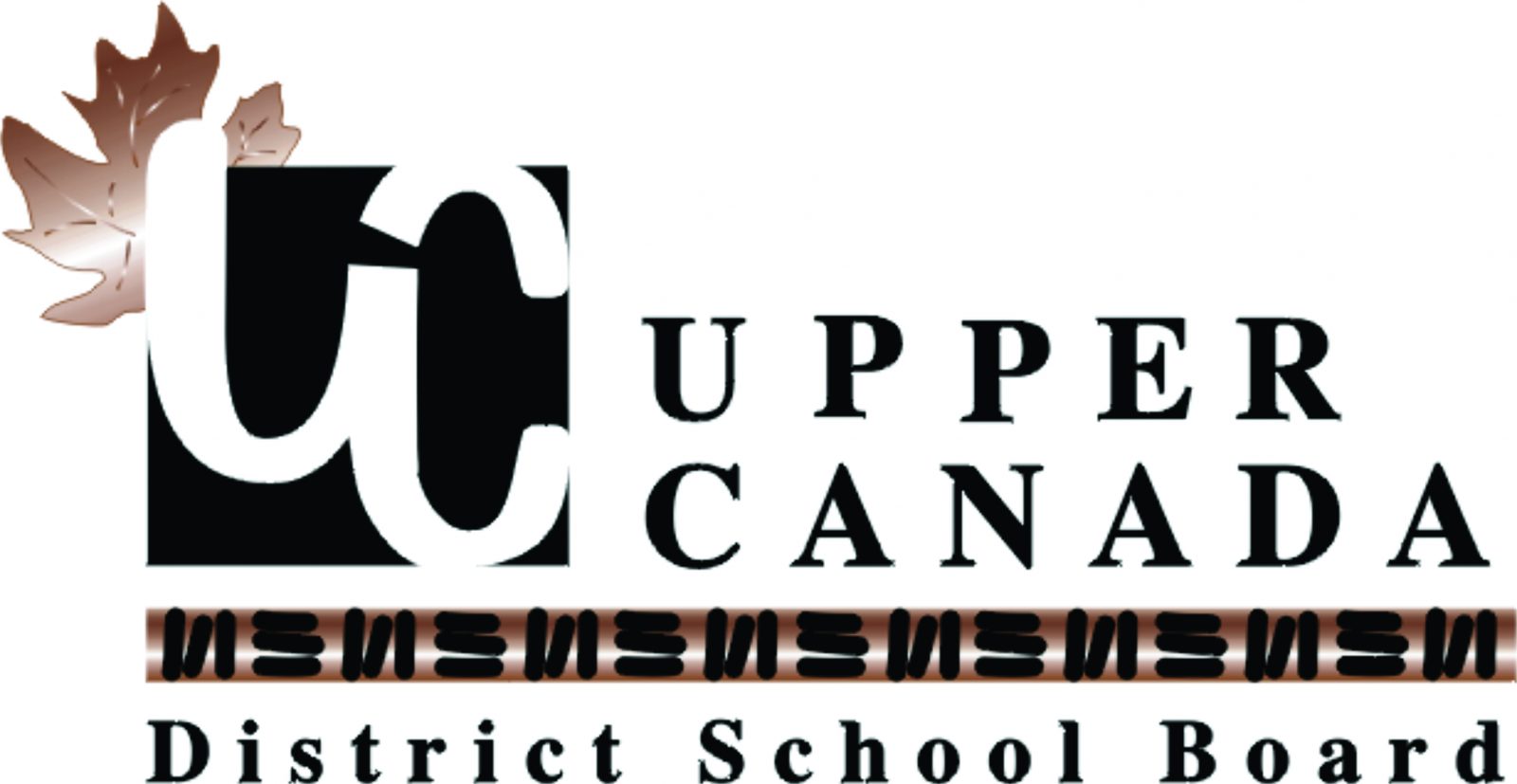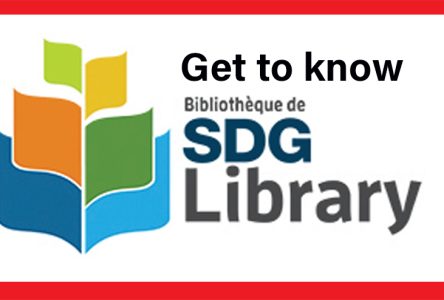ONTARIO – On Monday, Sept. 21, the Upper Canada District School Board (UCDSB) announced that students in the same class, but different learning streams, would still be taught by the same teacher.
The COVID-19 pandemic lead the UCDSB to create four separate streams of learning that parents could choose from, in class, live remote learning, and asynchronous digital and print learning. As of Monday, one teacher will be responsible for all the students in each stream in their class.
In an interview with Seaway News UCDSB Director of Education Stephen Sliwa explained that the main advantage of this model was it allowed parents the freedom to easily move their child from one learning stream to another.
“The bottom line here is that there is a great instability in enrollment,” Sliwa said. “Parents are looking for the best option for their child and parents have been exercising their ability to choose with a greater frequency than we anticipated.”
Under this model, Sliwa explained, children who have to be pulled out of the classroom because they show COVID-19 symptoms can continue with their education with the same teacher, but in a different stream; in class to remote learning for example.
“We understand that we are all adapting to this period of emergency,” said Sliwa. “We are all being asked to adapt to things that are different.”
The Elementary Teachers Federation of Ontario (ETFO), the union representing elementary school teachers with the UCDSB criticized the plan.
“It is a challenge on a good day to engage all of the students that are in front of you,” said Erin Blair President of the ETFO Upper Canada Local. “Now you have to focus on the students at home and in class at the same time and that is two different types of teaching.”
RELATED: UCDSB adds to elementary teachers’ workloads
Sliwa said that the Board would be providing support for teachers in a couple of ways. For example, for the asynchronous students learning at home, either digitally or in print, teachers can ask the school board to supply materials for those students rather than producing their own. Sliwa also promised that the UCDSB would be creating supports for teachers to allow them to have more time to connect with their students.
Blair also pointed out that the province had received $36 million in federal funding to distribute to school boards with the express goal of allowing them to setup separate remote learning schools.
Director Sliwa went on to explain that even without parents changing their choices of which learning stream they wanted to enroll their students in, the UCDSB still would not have the personnel to setup a separate remote learning school.
“Even with the resources we have we are having difficulty attracting the labour pool we would require to maintain separate streams,” he said, pointing to two teaching vacancies in Eastern Ontario that the UCDSB has still not been able to fill.
Sliwa also explained that the model the UCDSB is going with also avoids the possibility of combining classes, which could see larger class sizes.





